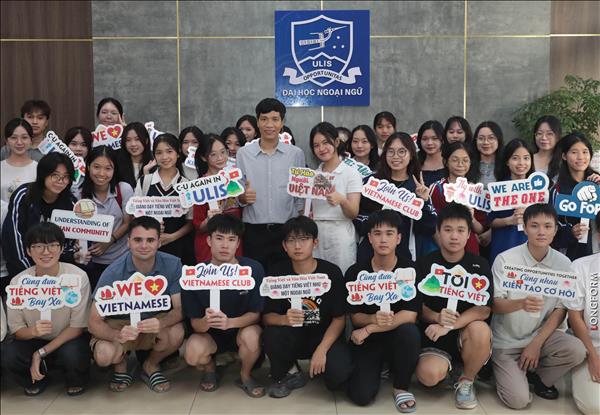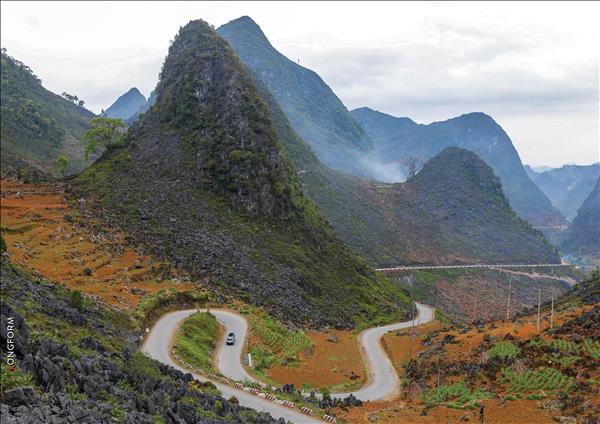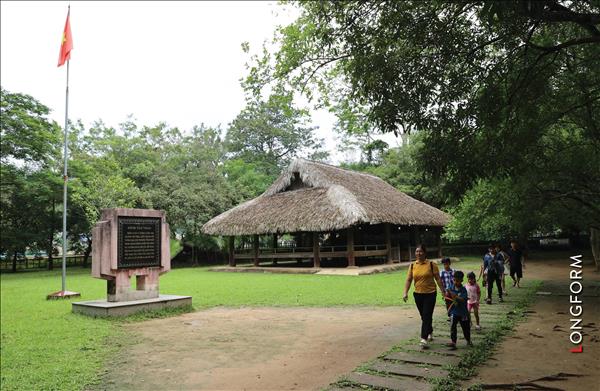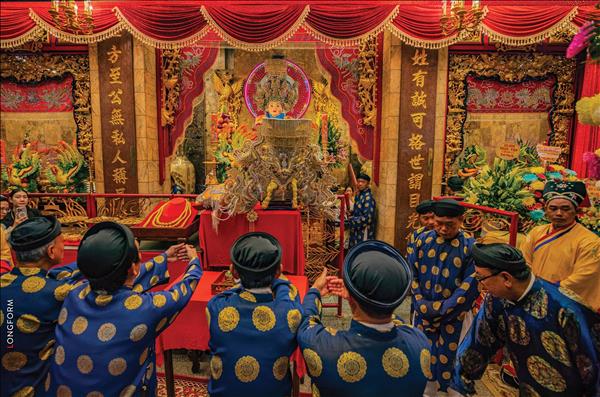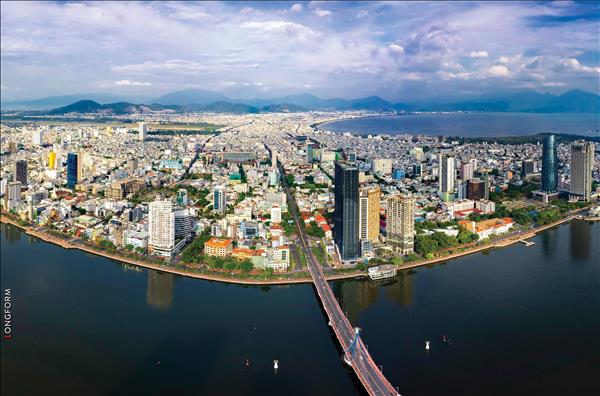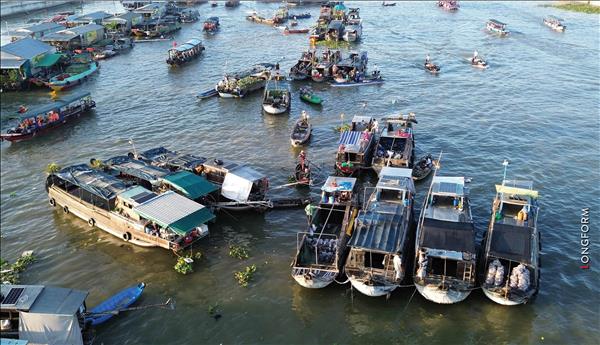The city of flowers
When discovered by doctor Alexandre Yersin in 1893, Da Lat was merely a wild mountain area in the immense Langbiang Highlands, about 1,500m above sea level. The adventurous Swiss French doctor could never imagine that the barely inhabited land he found after a long expedition would one day turn into a charming “little Paris” in Indochina and a heaven for convalescence.
After Yersin’s discovery, Da Lat immediately became an ideal convalescent venue for French soldiers who found this land somewhat similar to their remote homeland. Today, the French vestiges in Da Lat are not only shown in gorgeous villas but also in the presence of temperate vegetables and flowers brought by the French as a way to reduce their homesickness.
Given suitable soil and climate conditions, the vegetables and flowers grew as well as the local crops, thus the development of vegetable and flower growing in Da Lat. Flower planting officially became a trade in Da Lat in 1938 when migrants from Hanoi’s traditional flower villages of Ngoc Ha and Nghi Tam settled in Ha Dong. Flower villages were then formed in the highlands city, including famous Ha Dong, Thai Phien and Van Thanh villages today.
|
The classic romantic beauty in the art of flower decoration by the people in Da lat. Photo: Thanh Hoa Car decoration contest at the Da Lat Flower Festival. Photo: Thanh Hoa Hydrangeas are popular flowers in Da Lat. Photo: Thanh Hoa Da Lat flowers and people. Photo: Thanh Hoa Visiting Van Thanh flower village, Da Lat. Photo: Thanh Hoa Decorating flowers on a Da Lat street. Photo: Thanh Hoa Da Lat has many flower villages and flower farms that are always open to visitors. Photo: Thanh Hoa |
Flower growing has not only been a livelihood for locals but also created a new look for Da Lat, which is home to villages, fields, roads and villas with flowers blooming all year round.
The city is a charming symphony of flowers which is mixed between the hidden charm of local blossoms and the elegance of temperate blooms, luring local and foreign visitors alike.
The flowers beautify Da Lat with their diverse species and colors, including lavender, tulips, bigleaf hydrangea, carnations, gladiolus, violets, begonias, white marguerite daisies, yellow calimero daisies, mimosa, roses, Texas bluebells, blue jacarandas, and wild Himalayan cherries. The city has a unique look during particular times of the year when the radiant red of wild Himalayan cherries bloom in January, or when Texas bluebells show off their charming purple in April. In October, the city looks so romantic with yellow mimosa blossoms.
Flowers are the love and life of Da Lat people. They are not only seen in vast scented fields, on streets and by half-open windows, but also present in the local art life, including poetry, literature, music, painting and architecture.
Da Lat is the only city in Southeast Asia which hosts a biannual flower festival to honor flower farming.
Realizing the dream of a “little Holland”
Da Lat now has around 9,000 ha of flowers, annually producing over 3.1 billion stems of flowers, only 10% of which are exported.
Nguyen Van Bao, deputy general director of Dalat Hasfarm, attributed the city’s limited flower export to poor production and post-harvest technology. He also pointed to the infringement of flower variety copyright which hindered flower exports in Da Lat. At present, only 20% of the varieties produced in the city have a copyright while the rest are illegally multiplied with a low quality, thus ineligible for export.
Every year, Da Lat imports between 50-90 million plants, stems, seeds, bulbs and tubers of new flower varieties for assay and production. The city leaders hope that by 2030, at least 30% of flower and vegetable varieties will meet copyright requirements for export, and 90% of vegetable and flower variety producers will apply hi-tech methods to their farming.
|
In vitro flowering at the Da Lat Flower Forest Biotechnology JSC. Photo: Thanh Hoa Da Lat now has about 9,000 ha to grow flowers, accounting for 30% of the country's flower growing area. In the photo: A high-tech flower garden in Da Lat. Photo: Thanh Hoa Harvesting roses for export at Dalat Hasfarm Ltd. Photo: Thanh Giang Orchids for export thrive in Da Lat. Photo: Thanh Giang Monitoring the process of exported roses in Dalat Hasfarm. Photo: Thanh Giang Flower workers at Dalat Hasfarm’s garden. Photo: Thanh Giang Cut roses are carefully packed in the garden with a special anti-impact sheet to avoid damage during transportation. Photo: Thanh Hoa Flower packaging line of Dalat Hasfarm. Photo: Thanh Hoa Dalat Hasfarm workers transport newly harvested flowers from farms to the inspection and packaging workshop. Photo: Thanh Hoa |
Flower producers in Da Lat have started research to produce plant varieties and have had encouraging results. They include Pan-Hulic, Dalat Hasfarm, and Dalat Flower Forest Biotechnology Corporation.
Dalat Flower Forest Biotechnology Corporation, regarded as an important bank of seedlings in Vietnam, owns an industrial-scale research lab for producing flower varieties using the in-vitro method. The French-technology lab on a 5,000m2 area can annually produce 24 million seedlings, allowing the corporation to export tens of millions of seedlings to flower growers in the Netherlands, Belgium, New Zealand, Japan, the US, Denmark, China and South Korea.
Dalat Hasfarm, which holds nearly 90% of the flower export market share in Da Lat, is one of the few Vietnamese brands qualified for fresh flower export in the world market.
In addition to a 320ha modern flower farm producing different varieties, Dalat Hasfarm has increasingly expanded production by collaborating with more than 200 farmers. It annually supplies the market with over 450 million flower tops, 200 million stems and millions of flower pots. Dalat Hasfarm, now a leading fresh flower brand in Asia-Pacific, has exported flowers to more than 10 countries, and was once voted as Southeast Asia’s leading flower producer by American flower magazine Flowers Tech.
With fertile soil and favorable climate conditions and a dream of becoming a “little Holland”, Da Lat promises to soon become a flower export hub in Southeast Asia.
Story: Thanh Hoa - Photos: Thanh Giang & Thanh Hoa

